Kai Dresia
Machine Learning Methods for the Design and Operation of Liquid Rocket Engines -- Research Activities at the DLR Institute of Space Propulsion
Feb 14, 2021
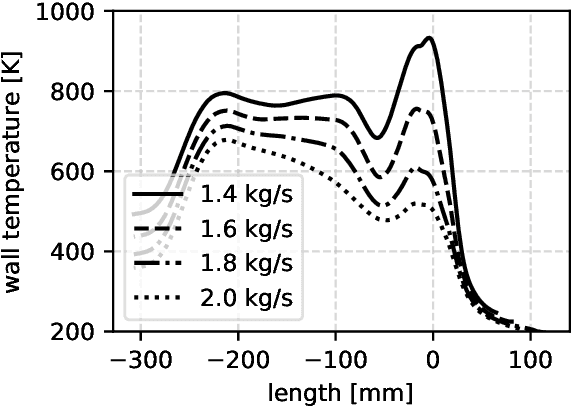
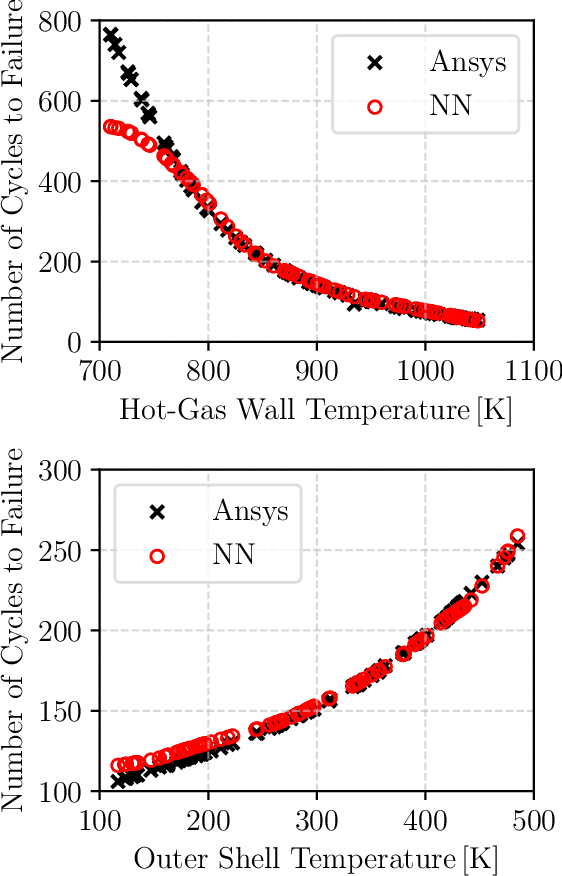
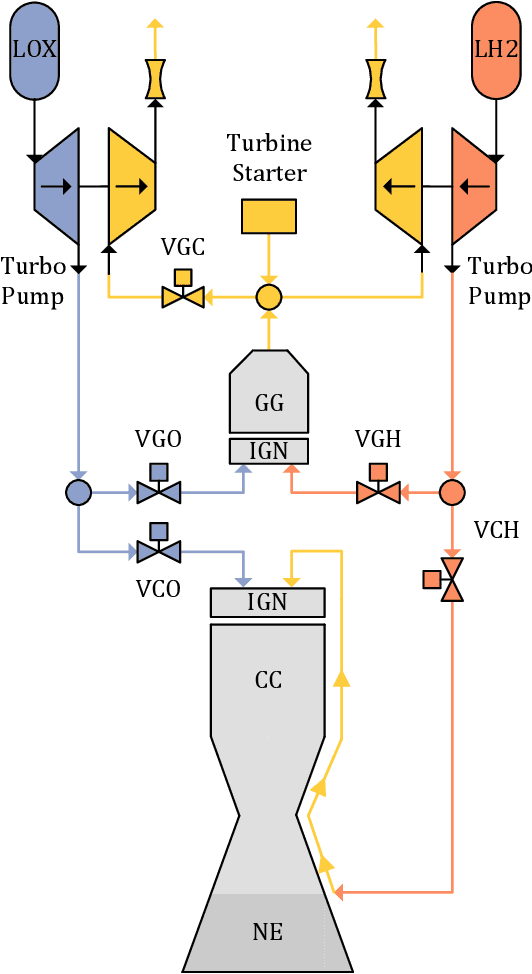
Abstract:The last years have witnessed an enormous interest in the use of artificial intelligence methods, especially machine learning algorithms. This also has a major impact on aerospace engineering in general, and the design and operation of liquid rocket engines in particular, and research in this area is growing rapidly. The paper describes current machine learning applications at the DLR Institute of Space Propulsion. Not only applications in the field of modeling are presented, but also convincing results that prove the capabilities of machine learning methods for control and condition monitoring are described in detail. Furthermore, the advantages and disadvantages of the presented methods as well as current and future research directions are discussed.
Multidisciplinary Design Optimization of Reusable Launch Vehicles for Different Propellants and Objectives
Sep 03, 2020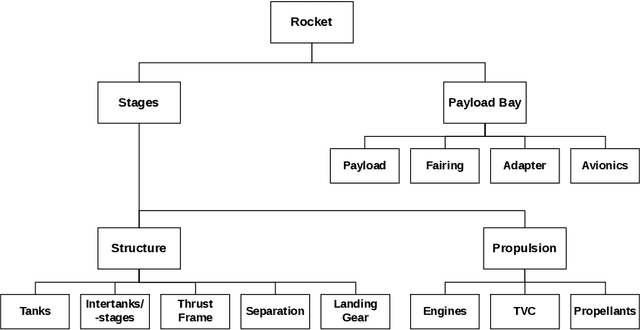
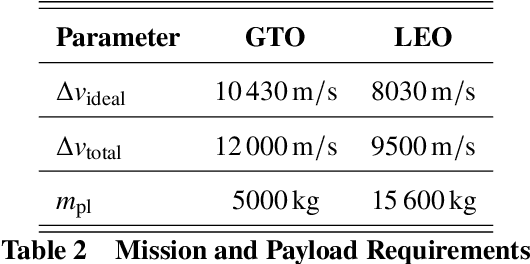
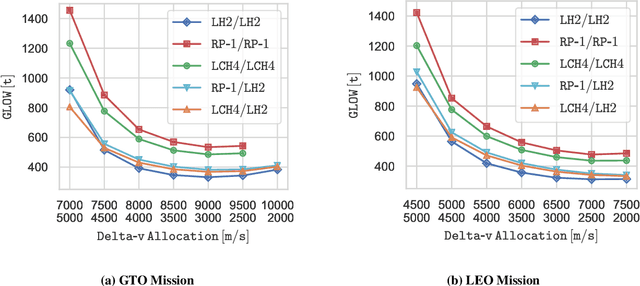
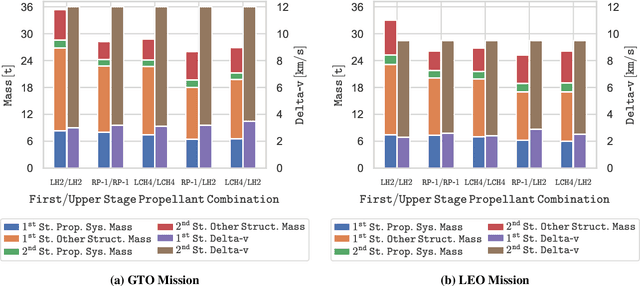
Abstract:Identifying the optimal design of a new launch vehicle is most important since design decisions made in the early development phase limit the vehicles' later performance and determines the associated costs. Reusing the first stage via retro-propulsive landing increases the complexity even more. Therefore, we develop an optimization framework for partially reusable launch vehicles, which enables multidisciplinary design studies. The framework contains suitable mass estimates of all essential subsystems and a routine to calculate the needed propellant for the ascent and landing maneuvers. For design optimization, the framework can be coupled with a genetic algorithm. The overall goal is to reveal the implications of different propellant combinations and objective functions on the launcher's optimal design for various mission scenarios. The results show that the optimization objective influences the most suitable propellant choice and the overall launcher design, concerning staging, weight, size, and rocket engine parameters. In terms of gross lift-off weight, liquid hydrogen seems to be favorable. When optimizing for a minimum structural mass or an expandable structural mass, hydrocarbon-based solutions show better results. Finally, launch vehicles using a hydrocarbon fuel in the first stage and liquid hydrogen in the upper stage are an appealing alternative, combining both fuels' benefits.
A Reinforcement Learning Approach for Transient Control of Liquid Rocket Engines
Jun 19, 2020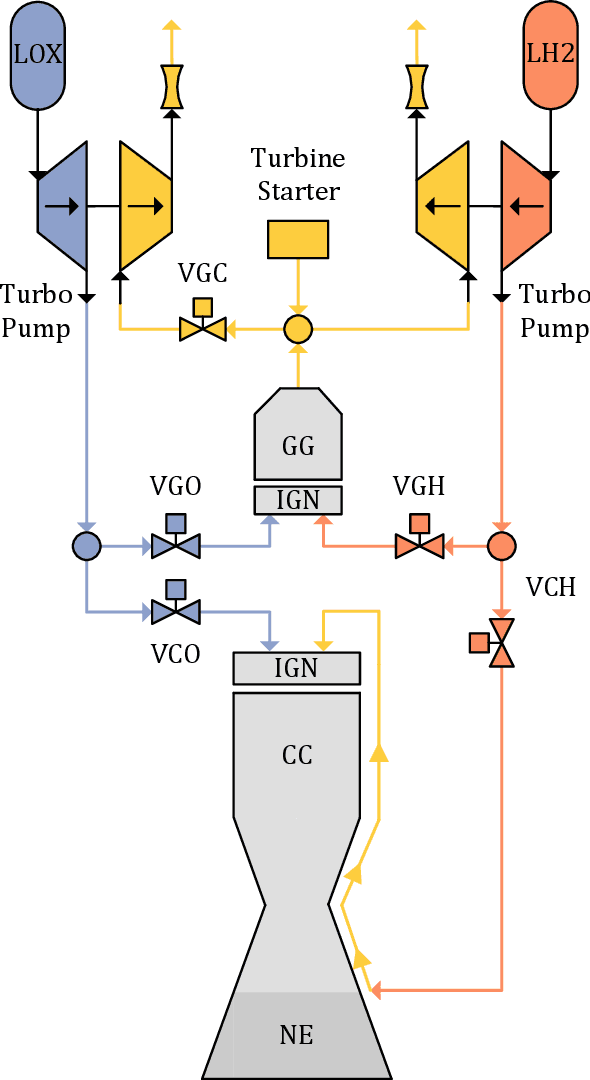
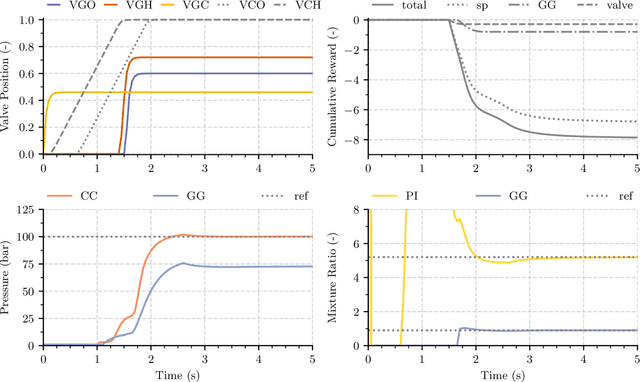
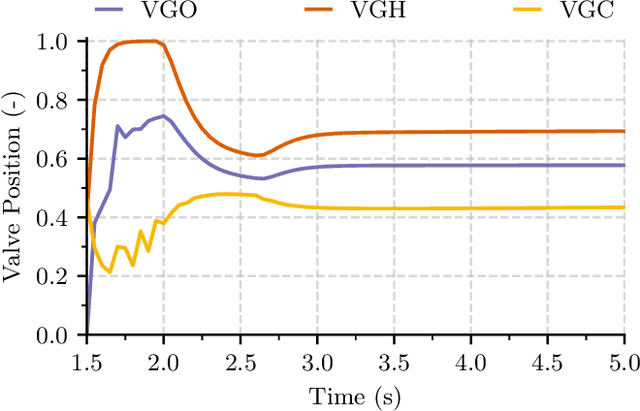
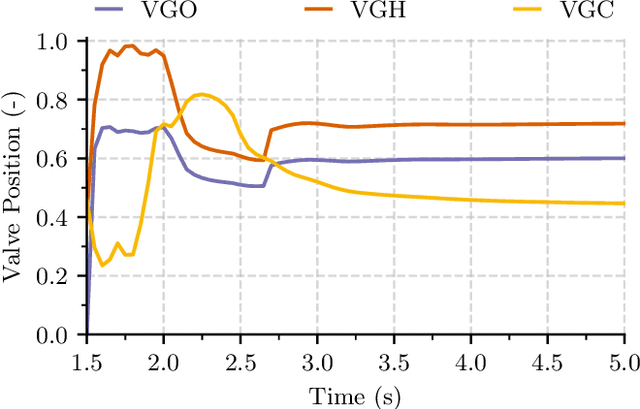
Abstract:Nowadays, liquid rocket engines use closed-loop control at most near steady operating conditions. The control of the transient phases is traditionally performed in open-loop due to highly nonlinear system dynamics. This situation is unsatisfactory, in particular for reusable engines. The open-loop control system cannot provide optimal engine performance due to external disturbances or the degeneration of engine components over time. In this paper, we study a deep reinforcement learning approach for optimal control of a generic gas-generator engine's continuous start-up phase. It is shown that the learned policy can reach different steady-state operating points and convincingly adapt to changing system parameters. A quantitative comparison with carefully tuned open-loop sequences and PID controllers is included. The deep reinforcement learning controller achieves the highest performance and requires only minimal computational effort to calculate the control action, which is a big advantage over approaches that require online optimization, such as model predictive control. control.
Heat Transfer Prediction for Methane in Regenerative Cooling Channels with Neural Networks
Jul 24, 2019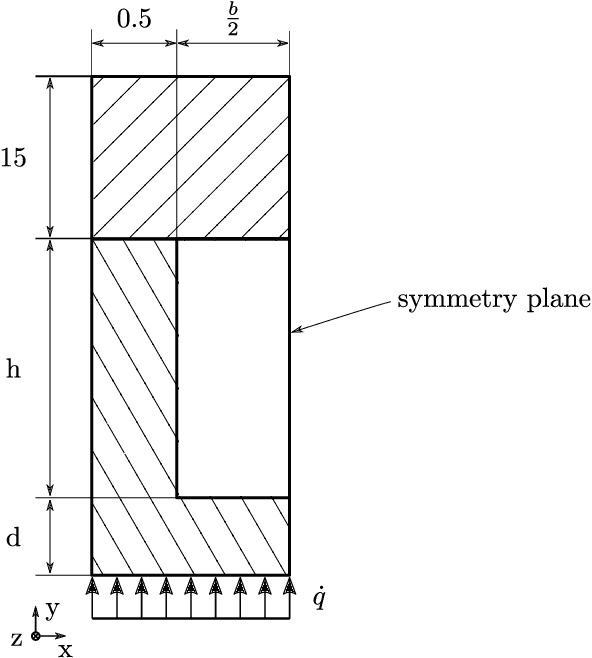
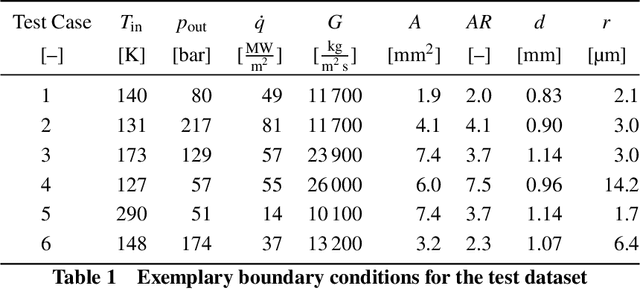
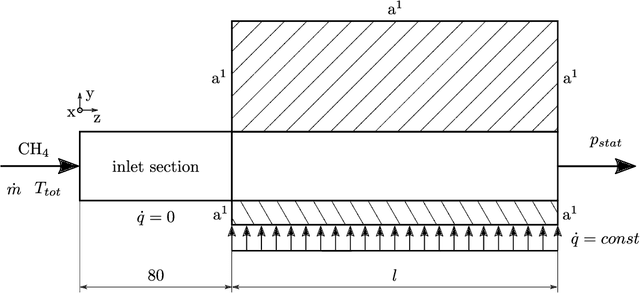
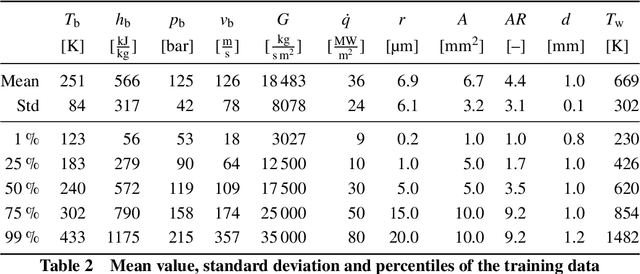
Abstract:Methane is considered being a good choice as a propellant for future reusable launch systems. However, the heat transfer prediction for supercritical methane flowing in cooling channels of a regeneratively cooled combustion chamber is challenging. Because accurate heat transfer predictions are essential to design reliable and efficient cooling systems, heat transfer modeling is a fundamental issue to address. Advanced computational fluid dynamics (CFD) calculations achieve sufficient accuracy, but the associated computational cost prevents an efficient integration in optimization loops. Surrogate models based on artificial neural networks (ANNs) offer a great speed advantage. It is shown that an ANN, trained on data extracted from samples of CFD simulations, is able to predict the maximum wall temperature along straight rocket engine cooling channels using methane with convincing precision. The combination of the ANN model with simple relations for pressure drop and enthalpy rise results in a complete reduced order model, which can be used for numerically efficient design space exploration and optimization.
 Add to Chrome
Add to Chrome Add to Firefox
Add to Firefox Add to Edge
Add to Edge